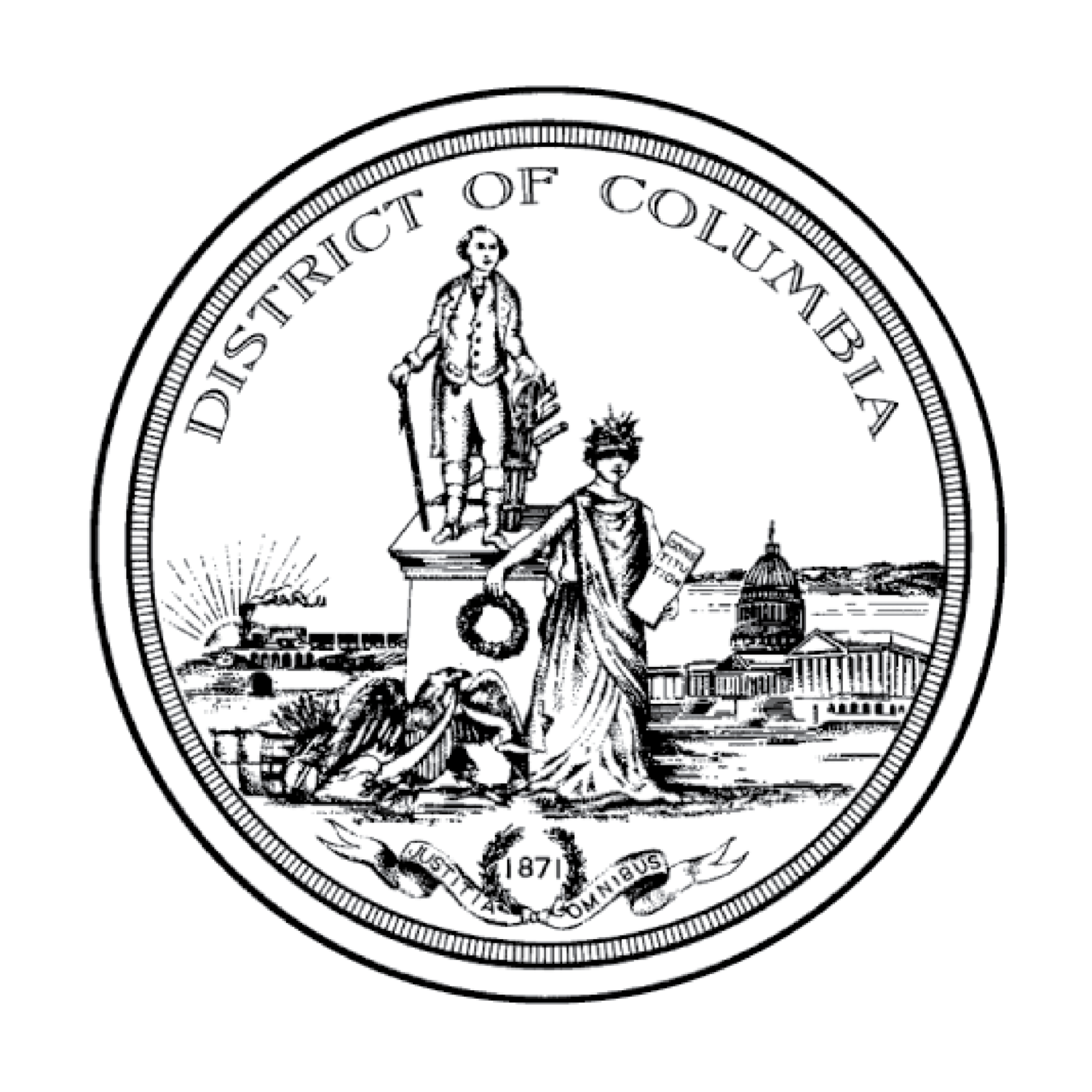The State of Older Adults in the District of Columbia
The State of Older Adults in the District of Columbia is a three-part series that explores the demographic and economic characteristics of the District’s senior population, considers the range of publicly provided benefits available to senior adults in the District, and examines how these programs help close the gap between seniors’ living expenses and their earnings and savings.
-
The population of adults in the District of Columbia age 65 and older (“seniors” or “older adults”) is substantial and growing. In 2019, the District was home to approximately 83,600 older adults, and the population could rise as much as 24.4 percent by 2030. The first report of our series explores the demographic and economic characteristics of the District’s senior population by seeking to answer three questions:
Who are D.C. seniors?
Where do seniors live in D.C.?
How do seniors in D.C. make ends meet?
-
Public Benefit Programs Available to Seniors in the District of Columbia provides an overview of the 90 publicly provided benefit programs available to D.C. seniors, the associated eligibility requirements, and the goals for each program. The wide variety of programs address some of the most pressing needs of D.C. seniors, including activity and socialization, financial benefits, health, housing, nutrition, taxes, transportation, and utilities, among others. A directory of all 90 programs is also included and contains a brief explanation of each program and the associated eligibility requirements, benefit value (if applicable), the most recent number of enrollees (if available), and the associated administering agency or agencies and contact information.
Documents accompanying the second report:
Directory of Pubic Benefit Programs Available to Seniors in the District of Columbia: offers a detailed description of each program’s goal, eligibility requirements, enrollment and budgetary information (if available), and the responsible agency, website, and phone number (if available)
Charts for Pubic Benefit Programs Available to Seniors in the District of Columbia: is intended to serve as a quick reference document, comprised of all of the reference charts from the second report.
-
Most programs have eligibility requirements applicants must meet before they can receive benefits. However, they vary from program to program. The third and final part of our series uses four hypothetical D.C. senior households to examine their cost of living and how public benefit programs could help them make ends meet: the Median-Income Homeowner, the Homeowner Below Federal Poverty Level (FPL), the Median-Income Renter, and the Renter Below FPL. Its findings include:
Both one- and two-senior D.C. households who rent have slightly higher annual costs of living than those who own their home.
Only one of the archetypes would be able to afford their basic cost of living without any public assistance.
Healthcare accounts for the largest costs for the senior homeowner archetypes, while housing is the largest for the senior renter archetypes.
Healthcare benefit programs provide the most assistance to all four archetypes, while transportation accounts for the least assistance all archetypes other than the Median-Income Homeowner, who receives the least assistance for utilities.
While the Homeowner Below Federal Poverty Level archetype would qualify for the most benefit programs (25), the Renter Below Federal Poverty Level archetype could be eligible for highest financial benefit from the programs ($59,292).
Report Documents
Overview: This document provides an overview of the cost of living in the District and summarizes how publicly provided benefit programs could help four hypothetical D.C. senior households make ends meet.
Report: This document is the full report and details the cost of living in the District and analyzes how publicly provided benefit programs could help four hypothetical D.C. senior households make ends meet.
Archetype Charts: This document summarizes which archetypes qualify for which D.C. programs.
Difficulty of Finding and Accessing Public Benefits: This document describes the hurdles that seniors face when trying to enroll in publicly-provided benefit programs.

